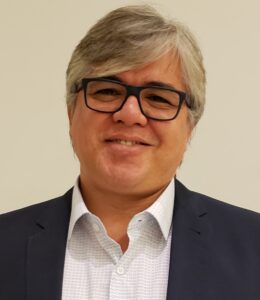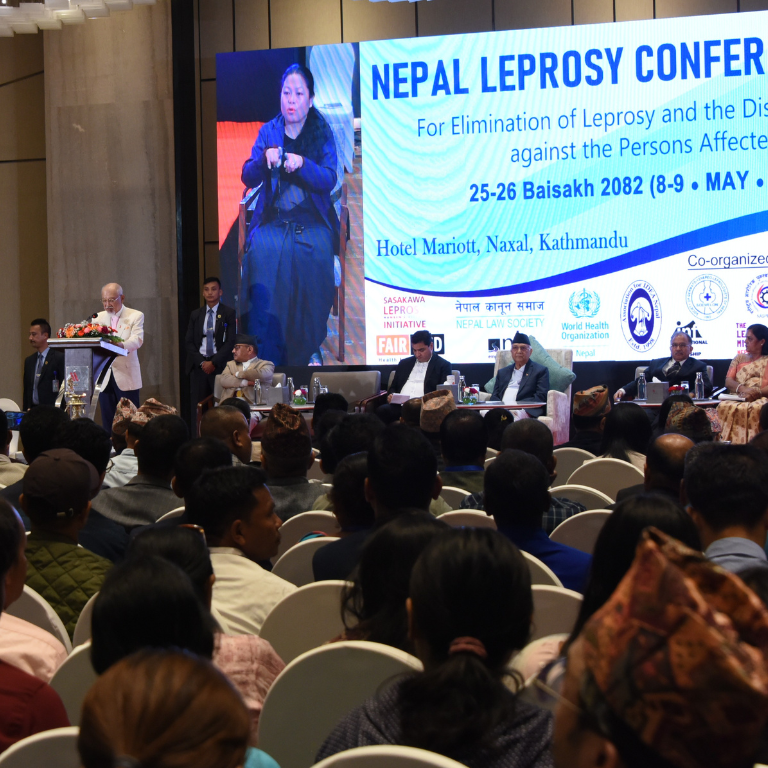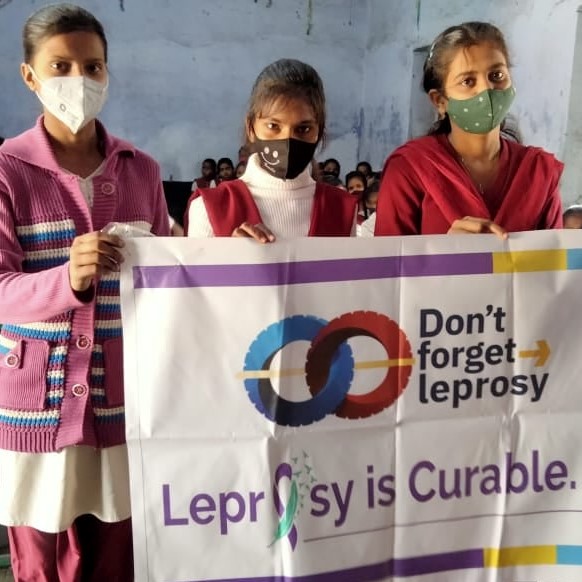 Dr. Claudio Guedes Salgado
Dr. Claudio Guedes Salgado
President, Brazil Hansen’s Disease Society (SBH)
http://www.sbhansenologia.org.br/historia-sbh
Full Professor, Federal University of Pará, Brazil
https://www.linkedin.com/in/claudio-guedes-salgado
Director of Health Surveillance, Belém, Pará, Brazil
Between 1989 and 1998, the number of new cases per year of Hansen’s disease (HD) in the world increased from 576,361 to 805,000. This increase occurred in the context of the World Health Assembly’s 1991 resolution to “eliminate leprosy as a public health problem” by the year 2000 and associated efforts to train health professionals to facilitate HD diagnosis [1].
However, since the World Health Organization (WHO) declared achievement of “elimination as a public health problem,” the number of new cases counted each year plummeted to 202,195 in 2019. The number of new cases detected worldwide plunged to 127,396 in 2020 during the SARS-CoV-2 pandemic [2], leading the HD community, persons affected by HD, and health care professionals to realize the worst moment of the last 20 years for HD control. Even before the pandemic, mathematical models indicated that we may now have more than 4 million people waiting to be diagnosed [3]. This huge reduction in the number of new cases in the last two decades can be ascribed to an untested declaration of HD “elimination.” Misunderstood to mean “eradication,” the “elimination” declaration is associated mainly with a loss of expertise about the disease, which has actually led to a different kind of elimination: the elimination of HD diagnosis.
Cases showing few symptoms remain undiagnosed for years, and so originate the new few classic cases still diagnosed. Asymptomatic cases are usually contacts of undiagnosed and untreated HD patients who are not correctly examined because of the lack of expertise and laboratory tools necessary to identify, classify, and define those who need early treatment for latent HD. Furthermore, among well-examined contacts of HD patients there are those positive for acid fast bacilli in slit skin smear, anti-PGL-I IgM serology or RLEP RT-qPCR, or those with nerve damage detected only by electroneuromyography or ultrasound [4], [5], [6]. A group of “healthy” contacts may even have two or more of these parameters altered. Despite these issues in diagnosis, WHO’s present proposal is to give a single dose of rifampicin (SDR) to all of them [7], a policy that has polarized many of us in the HD clinical community [8].
The issues are not limited to problems of diagnosis. There are persons affected by HD receiving insufficient treatment (mostly borderline or lepromatous leprosy patients) who may need more than 24 months of multidrug therapy (MDT) and those with MDT failure, who need other drug regimens that are not available to them. These drug-related treatment issues, which are accepted for other diseases like tuberculosis [9], are not currently acknowledged by WHO.
Something good can come from the disruption wrought by the SARS-CoV-2 pandemic crisis if we rebuild the HD technical program based on the following pillars:
- Implement mandatory surveillance that relies at least on clinics, serology, and molecular biology. Communities surrounding former colonies and hot spots based on data of the last 20 years should be the initial targets.
- Make serology, RT-qPCR, electroneuromyography, and ultrasound available to patients and contacts for diagnosis and follow-up.
- Develop and make available new treatment regimens using other antibiotics for when a patient does not respond properly, although MDT may continue to be used as the first line scheme to treat patients and when necessary use for longer periods.
- Make corticoids and thalidomide widely available for taking a patient out of a reaction crisis. For patients who require treatment for longer periods, whether for persistent reactions or worsening of nerve function signs/symptoms or pain, develop other drugs and new concepts.
- Make surgery, orthotics, prostheses and other supportive equipment or human assistance available for patient follow-up when incapacity occurs.
These topics should be among the new global HD targets for Neglected Tropical Diseases in the WHO roadmap 2021-2030. All the matters pointed out here may be discussed under the umbrella of human rights as well, including the right of a person affected by HD to know whether they have really been cured of this complex disease.
References:
- C. G. Salgado, J. G. Barreto, M. B. da Silva, I. M. B. Goulart, J. A. Barreto, N. F. de M. Junior, J. A. Nery, M. A. C. Frade, J. S. Spencer, Are leprosy case numbers reliable? The Lancet Infectious Diseases. 18, 135–137 (2018), https://doi.org/10.1016/S1473-3099(18)30012-4.
- World Health Organization (WHO), Global leprosy (Hansen disease) update, 2020: impact of COVID-19 on global leprosy control. Weekly epidemiological record. 96, 421–444 (2021), https://www.who.int/publications/i/item/who-wer9636-42-444.
- W. C. Smith, W. van Brakel, T. Gillis, P. Saunderson, J. H. Richardus, The Missing Millions: A Threat to the Elimination of Leprosy. PLoS Neglected Tropical Diseases. 9 (2015), https://doi.org/10.1371/journal.pntd.0003658.
- J. G. Barreto, L. de S. Guimarães, M. A. C. Frade, P. S. Rosa, C. G. Salgado, High rates of undiagnosed leprosy and subclinical infection amongst school children in the Amazon Region. Memórias do Instituto Oswaldo Cruz. 107, 60–7 (2012), https://doi.org/10.1590/S0074-02762012000900011.
- D. F. dos Santos, M. R. Mendonça, D. E. Antunes, E. F. P. Sabino, R. C. Pereira, L. R. Goulart, I. M. B. Goulart, Revisiting primary neural leprosy: Clinical, serological, molecular, and neurophysiological aspects. PLoS Neglected Tropical Diseases. 11 (2017), https://doi.org/10.1371/journal.pntd.0006086.
- M. B. da Silva, W. Li, R. C. Bouth, A. R. Gobbo, A. C. C. Messias, T. M. P. Moraes, E. V. O. Jorge, J. G. Barreto, F. B. Filho, G. A. B. Conde, M. A. C. Frade, C. G. Salgado, J. S. Spencer, Latent leprosy infection identified by dual RLEP and anti-PGL-I positivity: Implications for new control strategies. PLOS ONE. 16, e0251631 (2021), https://doi.org/10.1371/journal.pone.0251631.
- World Health Organization (WHO), Leprosy/Hansen disease: Contact tracing and post-exposure prophylaxis (ed. 1, 2020), https://apps.who.int/iris/handle/10665/336679.
- D. N. J. Lockwood, P. Krishnamurthy, B. Kumar, G. Penna, Single-dose rifampicin chemoprophylaxis protects those who need it least and is not a cost-effective intervention. PLOS Neglected Tropical Diseases. 12, e0006403 (2018), https://doi.org/10.1371/journal.pntd.0006403.
- A. M. Ginsberg, M. Spigelman, Challenges in tuberculosis drug research and development. Nature Medicine 2007 13:3. 13, 290–294 (2007), https://doi.org/10.1038/nm0307-290.




-2.png)
